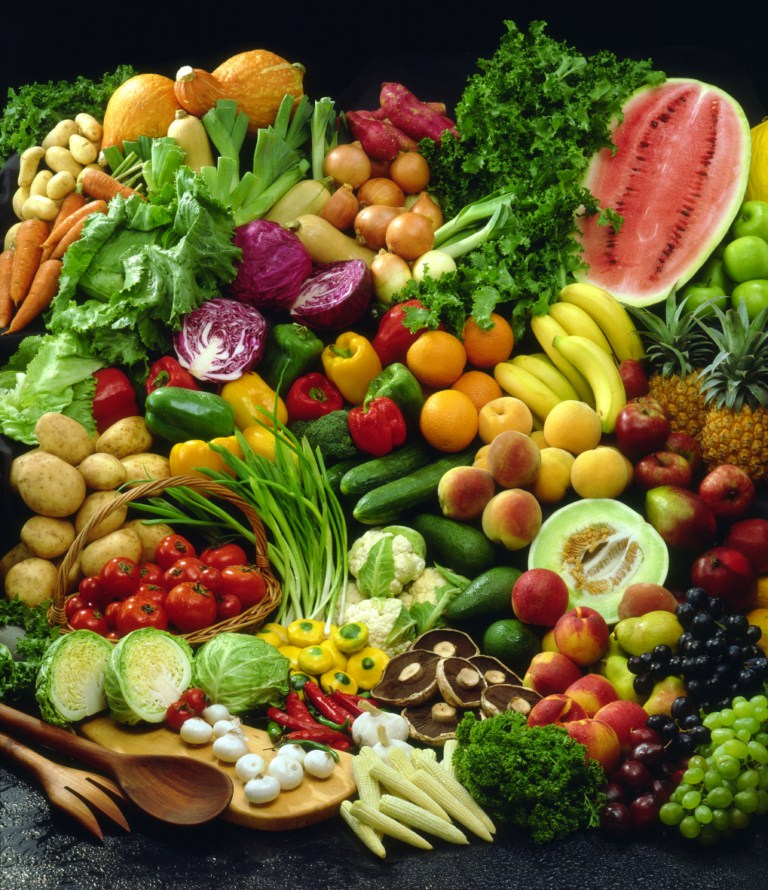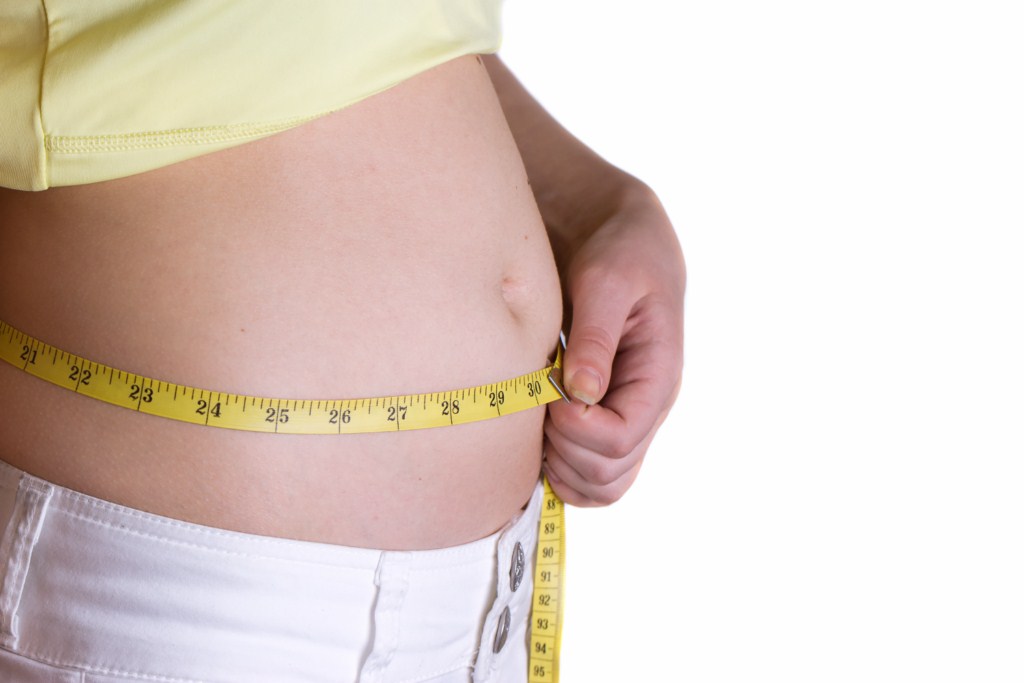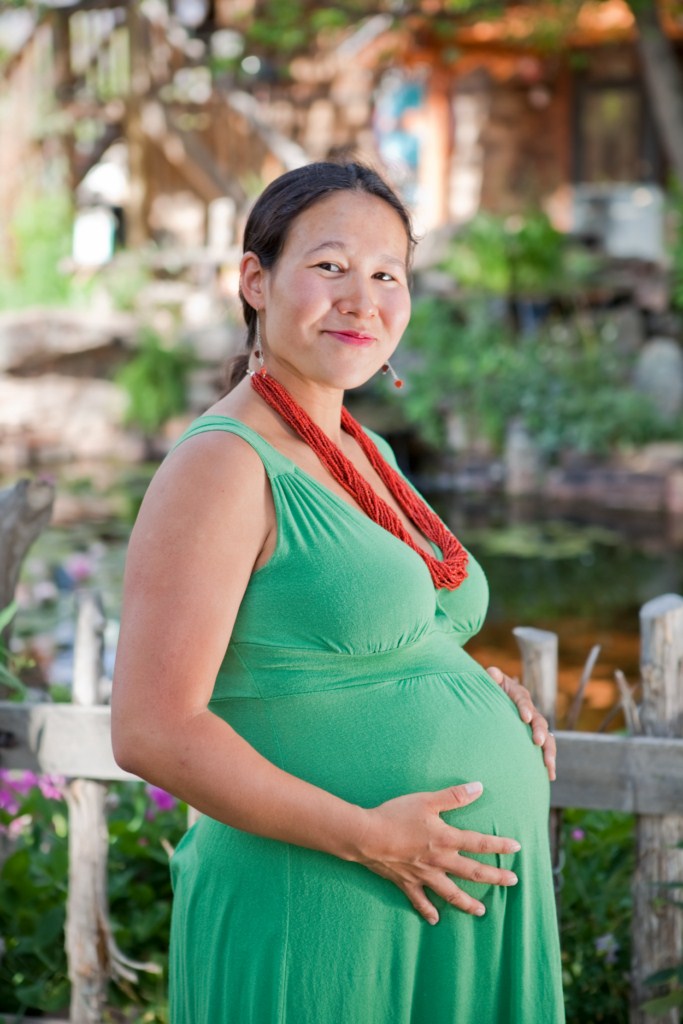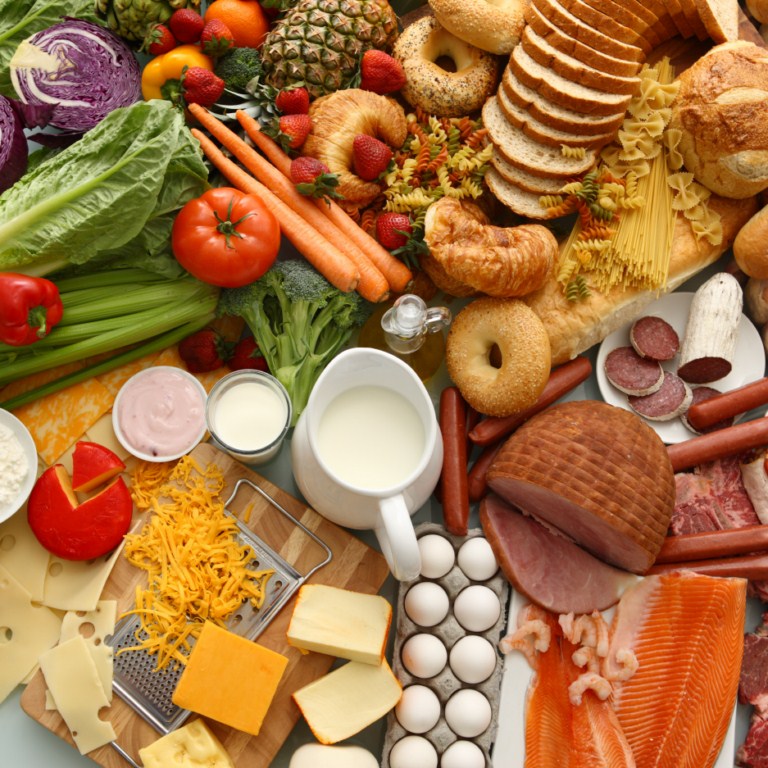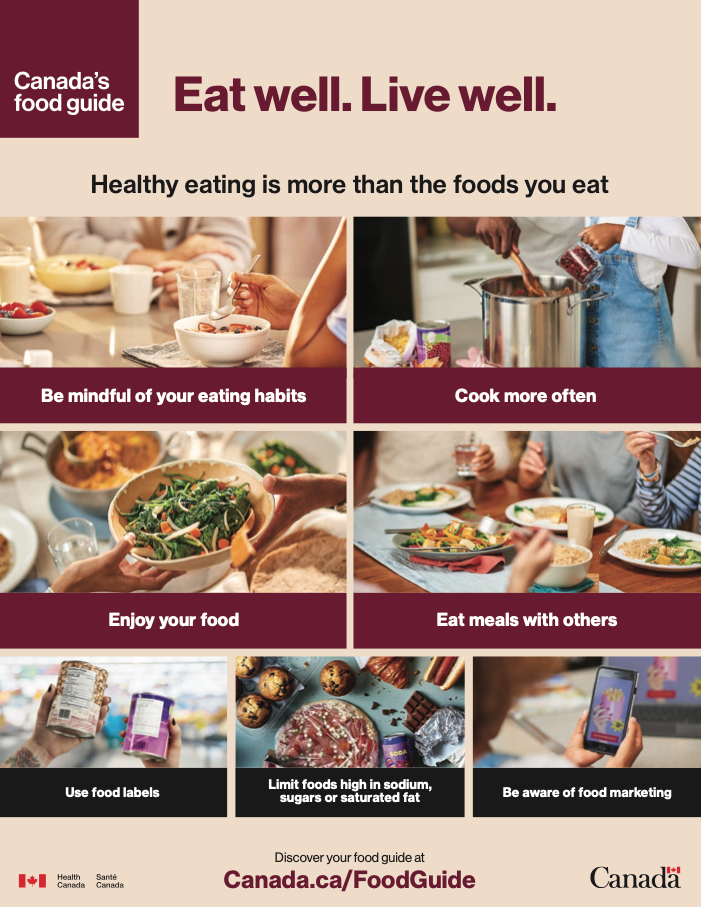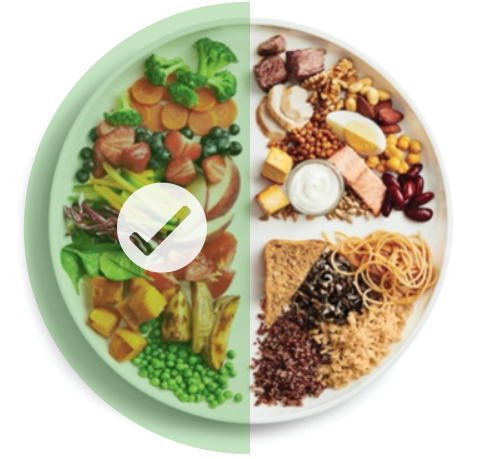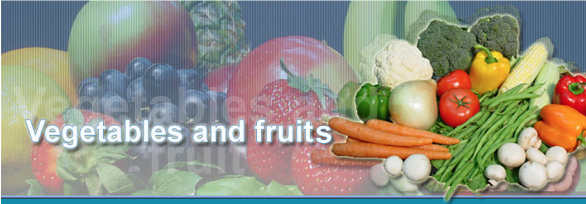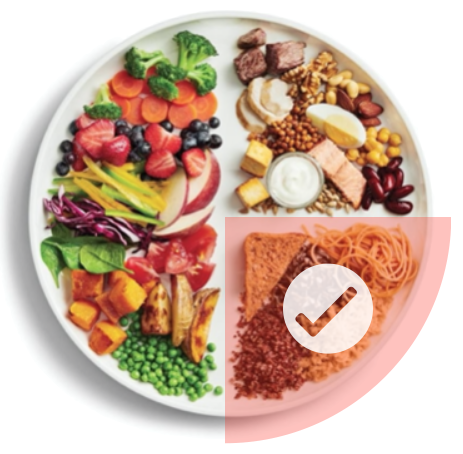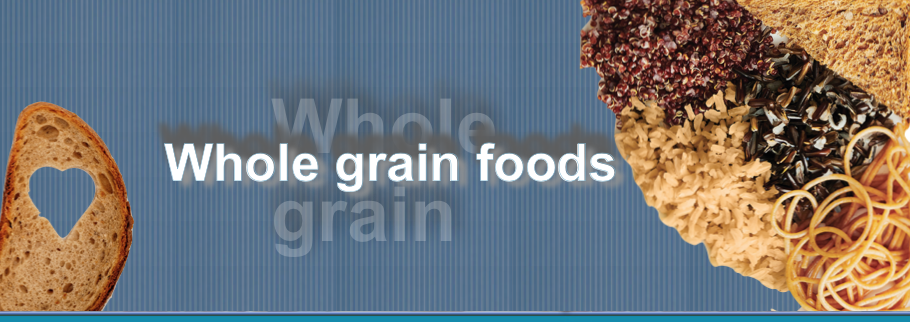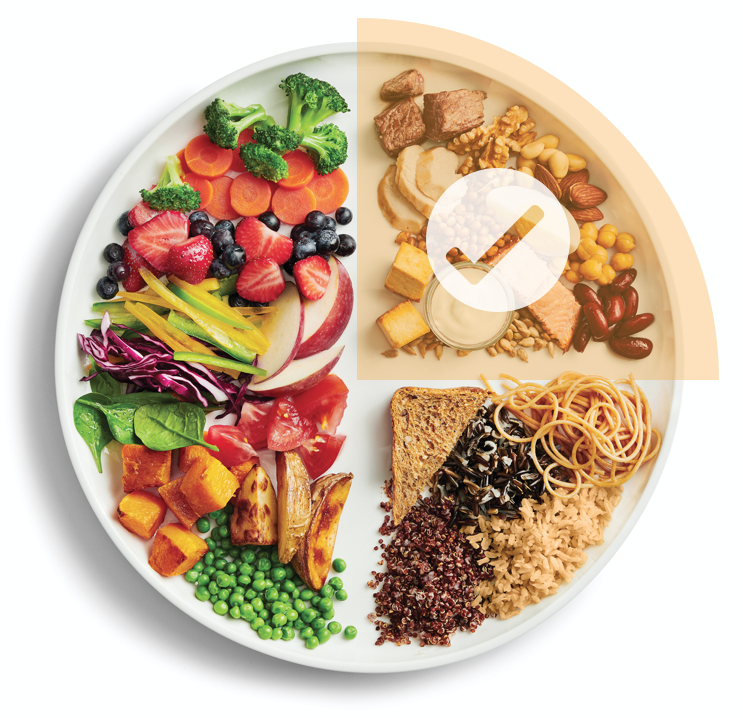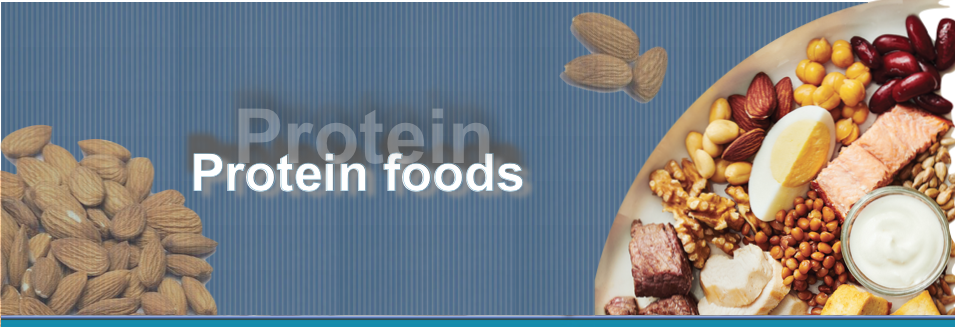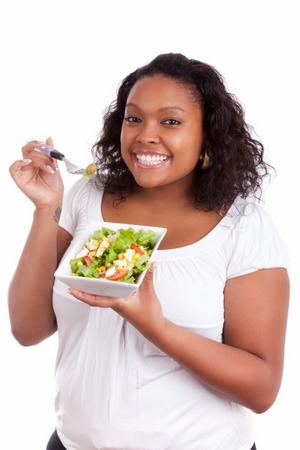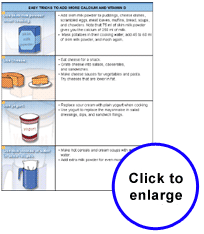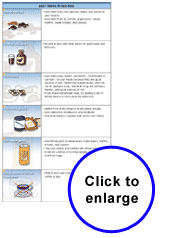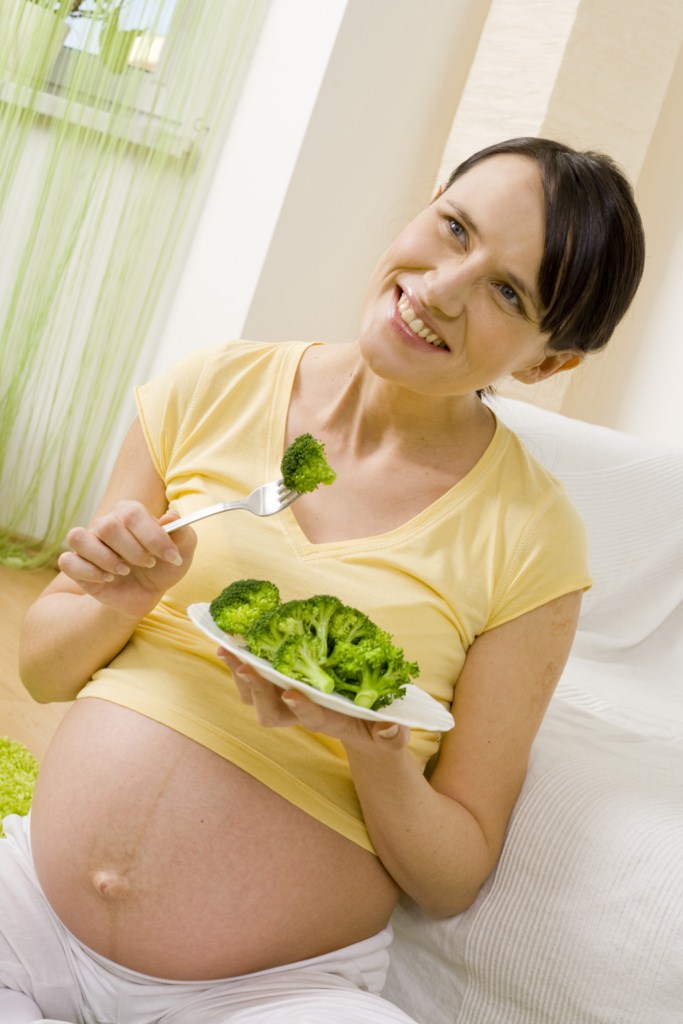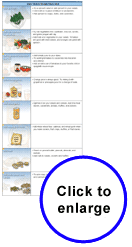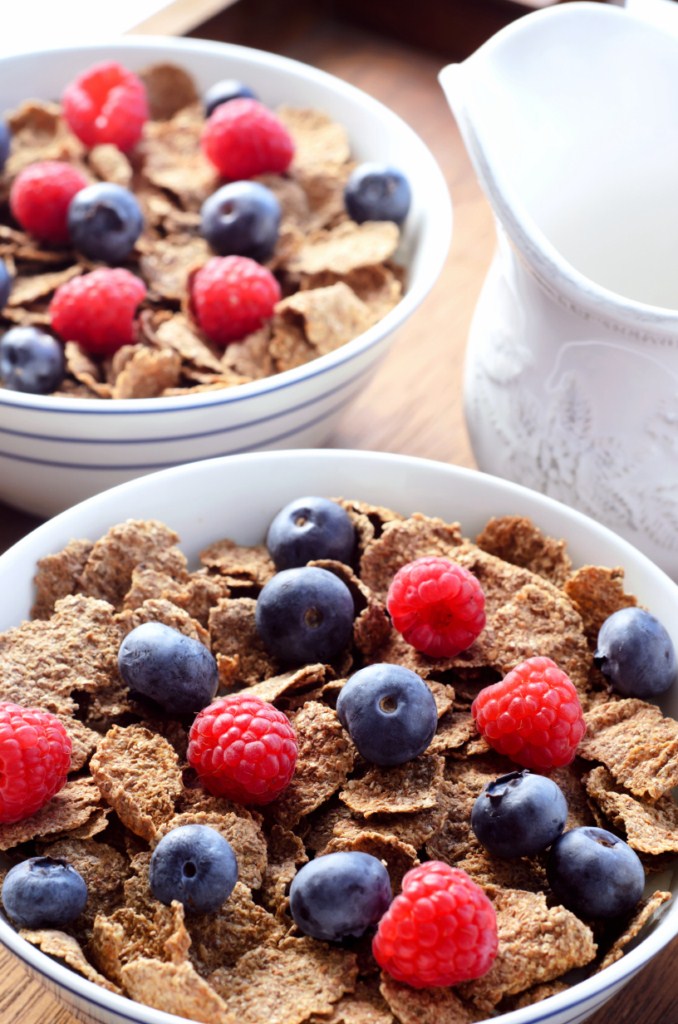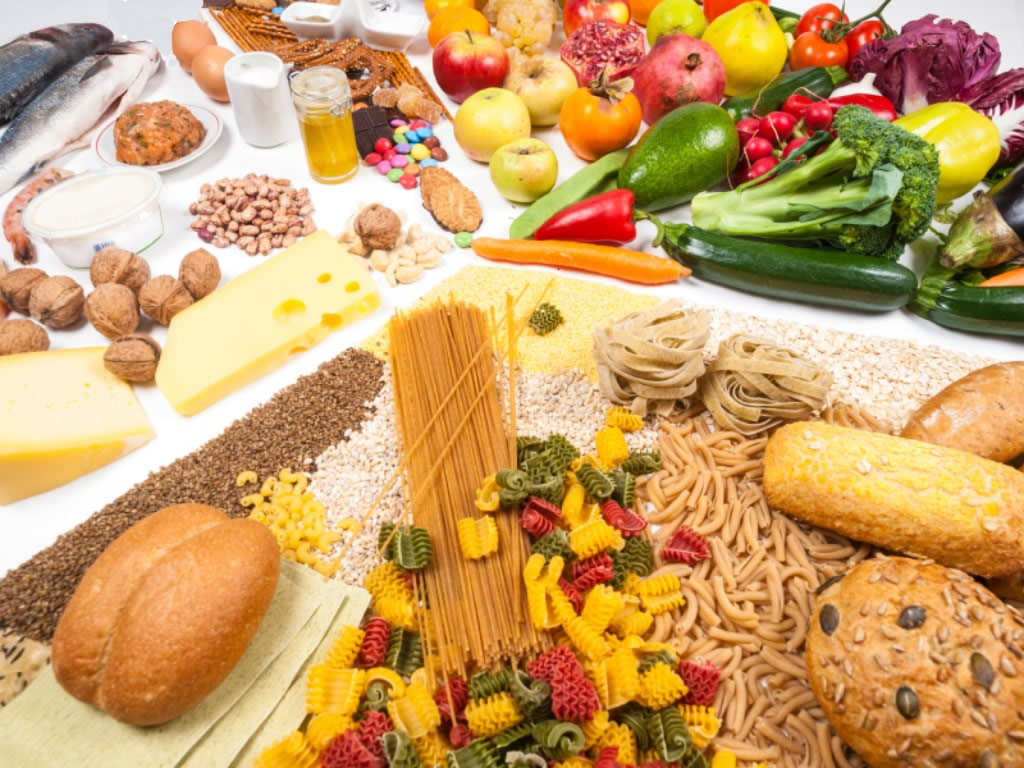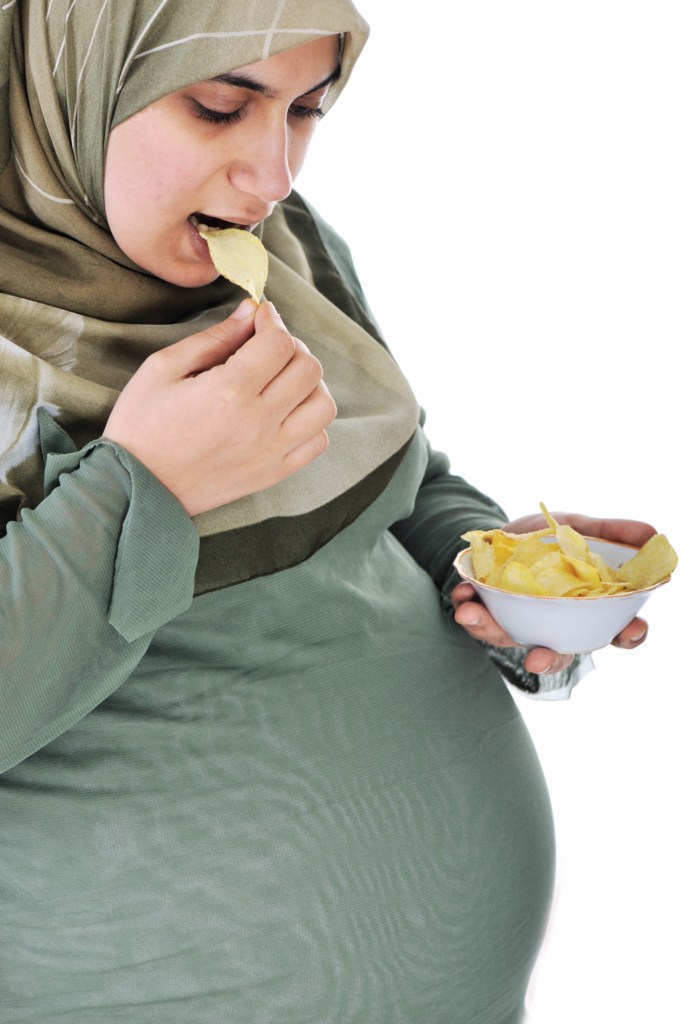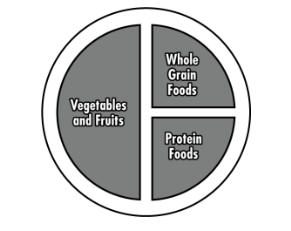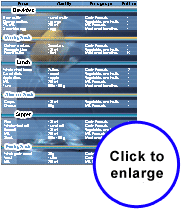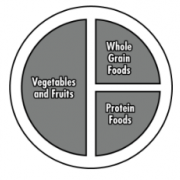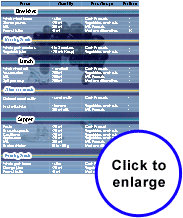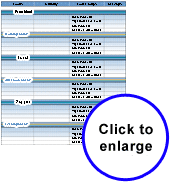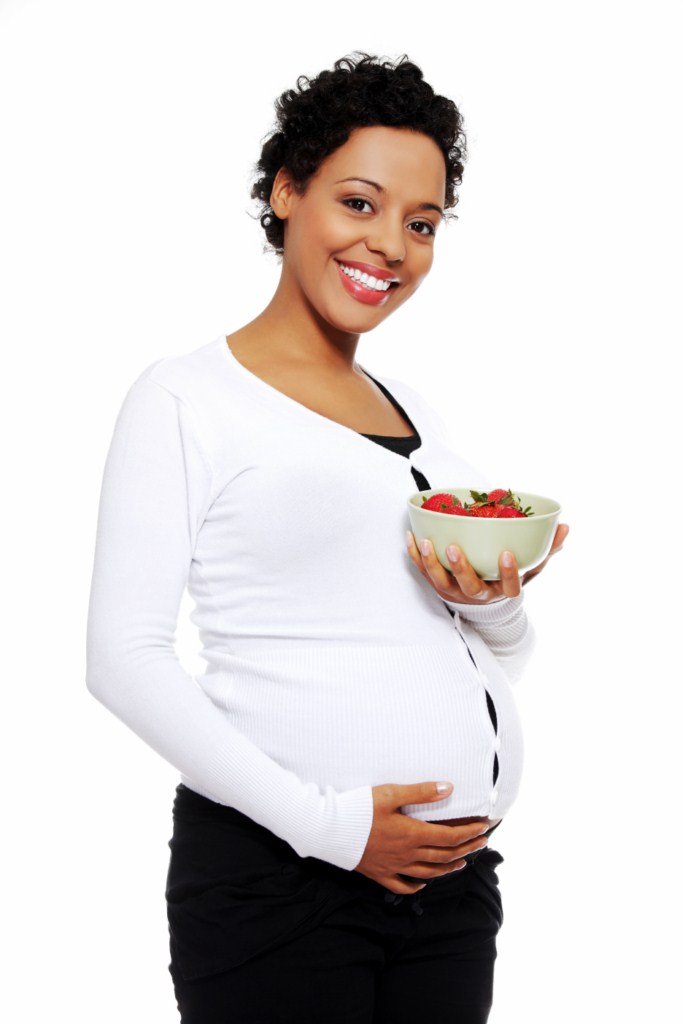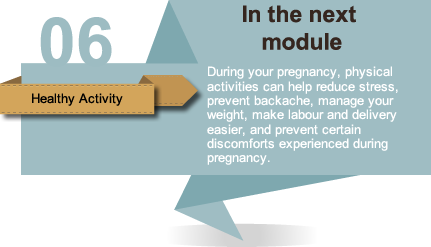Healthy eating is more than the foods you eat. It is also about where, when, why and how you eat.
It is just as important to think about your eating habits as the foods you choose. Here are some things you can do to follow healthy eating habits:
Be mindful of your eating habits.
This means being aware of: how, why, what, when, where and how much you eat.
Take your time to eat. Pay attention to when you’re hungry and when you’re full. Make it easy to eat healthier by having healthy food and drinks available.
Cook more often.
Cooking can help you to learn new skills, eat less processed foods, eat more whole foods prepared in a healthy way, and save money. You can save time cooking by preparing bigger batches and freezing or refrigerating the left-overs. Plan what to make for your meals and snacks ahead of time.
Canada’s Food Guide has recipes for breakfast, lunch/dinner and snacks.

Enjoy your food.
Take the time to enjoy the textures and flavours of your food. Put away distractions while you’re eating, to focus on your food and connect with the other people at the table. Change things up by trying new foods or meals from different cultures.
You can still enjoy healthy meals by taking the time to plan ahead if you’re eating on a budget.
Eating with others can make meals more enjoyable. If you live on your own, consider planning a regular meal with family, friends or neighbours.
Use food labels to make healthier choices. You can use the nutrition facts table to compare calories, nutrients and % daily values (% DV). The % DV can help you know whether a serving has a little or a lot of a nutrient. Aim for 5% DV or less for nutrients like sodium and 15% DV or higher for healthier nutrients like calcium. The list of ingredients can also be helpful because it lists everything that’s in the product, starting with the ingredients in the highest amount.
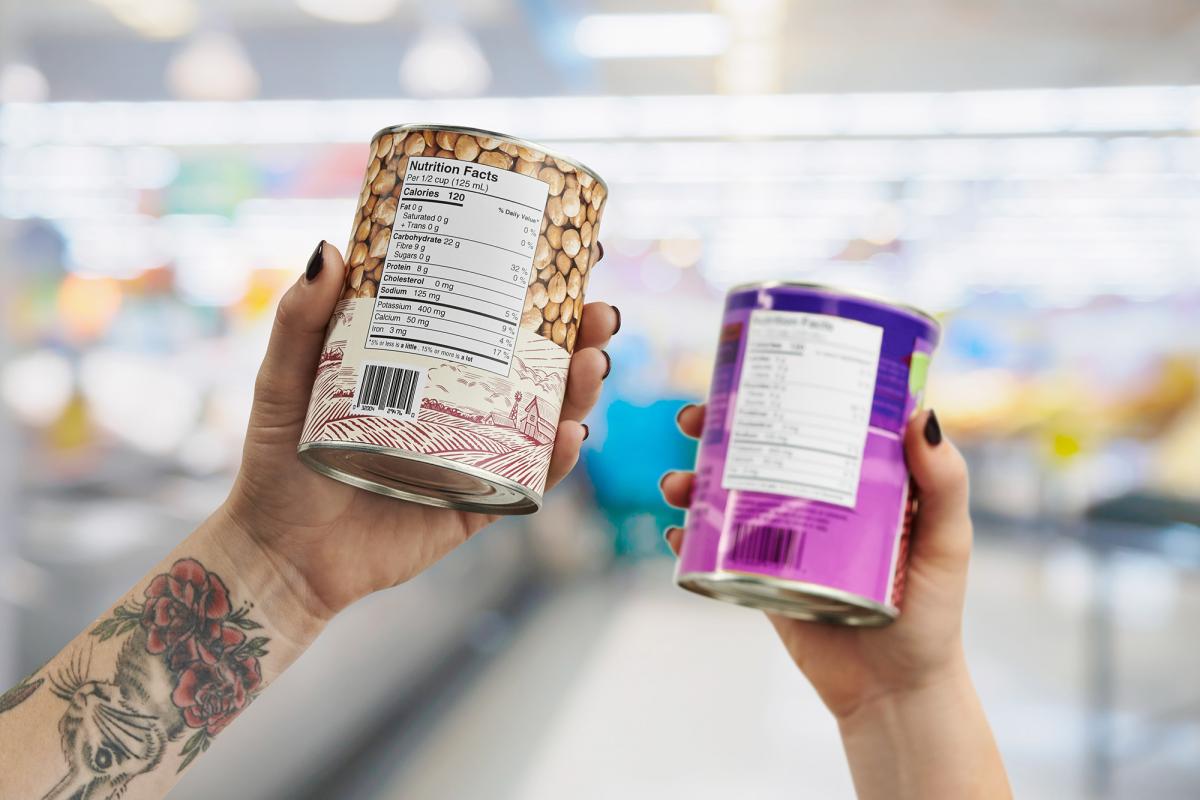
Limit foods high in sodium, sugars or saturated fat. Too much of these foods can be harmful to your health and can replace the healthy foods your baby needs to grow. The best way to cut back on sodium, sugars and fats is to eat less processed foods and prepare more of your meals from whole foods. Replace sugary drinks with water or unsweetened lower fat milk or soy beverage. Canada’s food guide offers ideas for naturally flavouring your water if you’re looking for a change.
Be aware of marketing. Marketing is often used to promote foods higher in sodium, sugars or saturated fat. Advertisements can mislead you to convince you to buy their product. Instead, read the nutrition facts table and list of ingredients to decide if a product is a healthy choice for you.

